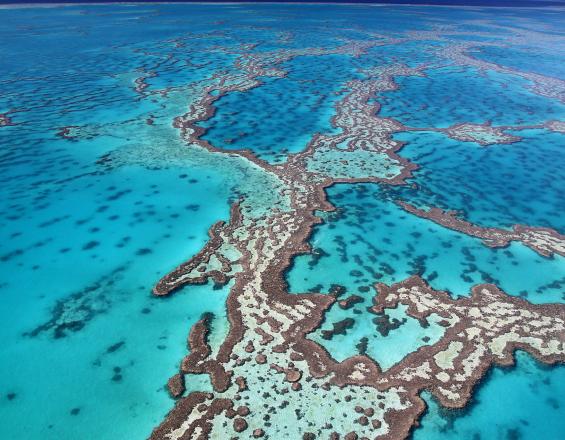Connectivity Across the Great Barrier Reef

The world’s largest coral reef system, the Great Barrier reef, is an extremely biodiverse habitat. The corals that comprise the reef are the backbone of the ecosystem that many marine animals depend on. Ocean currents drive the population dynamics of corral and the entire reef system. Connection of fishing zones to no-take zones and connection between inshore and offshore habitats along with zones of high larvae dispersal would be the most effective way to conserve the delicate reef habitat. Without data on larvae dispersal, it was critical to determine the best spots for connectivity. The Great Barrier Reef Marine Park (GBRMP) was substantially rezoned and expanded in 2003, based on systematic planning principles. Eleven biophysical operating principles (BOPs) were devised to protect representative examples of each of the GBR’s 70 bioregions. The maintenance of connectivity was also an explicit goal of the marine park – both the total size of the no-take marine reserves and their individual locations were considered.
Impacts
Little information on connectivity was available for the 2003 rezoning, so proxies were used to design networks of no-take zones that would ensure the exchange of larvae between them, as well as the export of larvae to fished areas. Recent studies and modelling demonstrate that this approach was successful to some extent, with larval dispersal connecting no-take zones at a range of scales from local areas to exchanges of over 250m.
This network of no-take zones that was not designed with explicit connectivity data was nevertheless able to achieve connectivity outcomes. The GBRMP contains a very large proportion of effective no-take zones (33% of the entire area). We would generally expect that higher levels of protection will achieve superior connectivity outcomes. The rezoning aimed to create a ‘representative’ network, with no-take zones distributed across bioregions, latitudes, and cross-shelf position. While these goals do not mention connectivity, evidence suggests that protecting the many various areas of the reef allows no-take networks to effectively protect previously unknown biodiversity features. With protection of connectivity across the reef, fishing in prescribed areas is greatly improved. Reef health is increased allowing for ecotourism and local industry to flourish.



